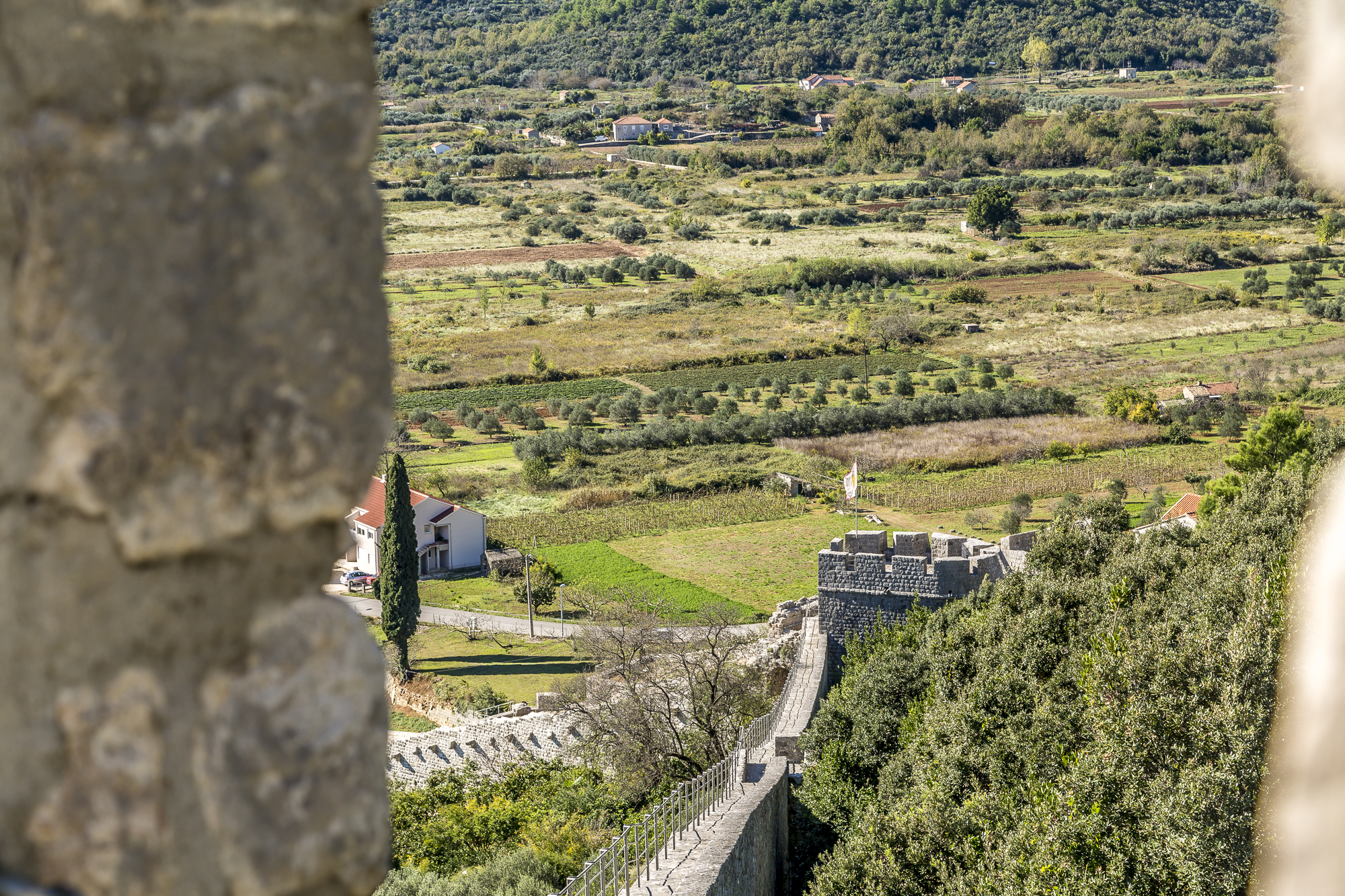
Ston – small town with big advantages
After our mini-roadtip through Norway, I recently ventured behind the wheel again in Croatia. After all, we wanted to seize the opportunity and see something of the region in addition to the main destination Dubrovnik. From my own foolhardiness to integrate a rental car into the travel planning and not to insist on the usual bus rides, I was a bit surprised myself. However, the palpitations before the first trip were limited, as I received the exact same rental car as in Norway, much to my delight.
There were still one or two nerve-wracking moments. On the second day, we made our way to Ston after breakfast. The historic town is located 50 kilometres north of Dubrovnik on the Peljesac peninsula. The route Dubrovnik – Ston seems crystal clear at first glance – there is only one road. In the maze of morning traffic, I still managed to take a wrong turn at the only really challenging intersection in Dubrovnik, thus integrating an extra loop past the harbor. It was also irritating that all oncoming traffic was coming towards me at the intersection when the light was green and I had no choice but to take advantage of the traffic-free moment at a red light. After I finally found the turn-off to the coastal road D8, I even really enjoyed the ride. The fact that I should concentrate on the road and not let my gaze wander out of the window like when riding the bus was the only drop of melancholy during this road trip along the glittering Adriatic Sea.
After almost an hour’s drive, we reach Ston and are astonished to see that the coastal road meets the border with Bosnia-Herzegovina only a few kilometers after Ston. Until then, I was not even aware that Croatia does not have a continuous coastal connection. Since Bosnia and Herzegovina is not yet a member of the EU, transit traffic has to cross the border twice, which is not particularly practical. For this reason, Croatia would like to bypass the so-called Neum Corridor in the future with a planned cable-stayed bridge over the Bay of Mali and thus create a direct domestic connection.
My fears of not finding a parking space vanish into thin air at the entrance to Ston. Directly at the entrance to the village there is a huge parking lot, where you can park free of charge. The virtually empty parking lot indicates that Ston is a pretty sleepy nest in late fall. Hardly any tourist gets lost here. It’s a pity, because Ston has two big trump cards on offer. On the one hand, the village is surrounded by the second longest fortress wall in the world. Only the Great Wall of China is longer. On the other hand, Ston is home to the oldest European salt works, where salt is still extracted today according to old tradition. Quite impressive for a village with a total of just under 2,000 inhabitants.
The construction of the fortress wall began in the 14th century. Ston was a rich town thanks to the salt works and was located in a strategically important position to control access to the Peljesac peninsula. Today, part of the fortress wall is open to the public. The walk along the wall from Ston to Mali Ston on the opposite side is popular. Another part of the wall is still under renovation and will also be accessible in the near future. We work up a sweat on the wall, as it leads steeply uphill. But the effort is not for nothing. At the highest accessible point directly above Ston, we are duly rewarded with a panoramic view.
Back in Ston, we enjoy an espresso on the village square and then take a look at the salt works. We are not the only ones who have suffered from a rainy summer. Salt production requires many dry, hot days and these did not occur in Croatia this summer. For the Ston salt works, this means a saltless 2014.
Another of Ston’s trump cards is likely to make some culinary hearts beat faster. The bay of Mali Ston is an international protected area and is ideal for oyster farming due to its submarine freshwater sources. Accordingly, the bay is now intensively used for farming and enjoys an excellent reputation among oyster lovers. Well, with sea creatures on the plate, you can rarely inspire me. But once I’m right at the source, I can also venture into new culinary territory. So it happens that we feast our way through a menu full of sea creatures in the restaurant Vila Koruna, directly on the bay. However, I didn’t understand why some people swear by oysters. To me, this is still tasteless nonsense.
On the way back to Dubrovnik, we take advantage of the flexibility of our “own car” and make a short detour to the arboretum in Trestno. The village is located halfway between Ston and Dubrovnik. The arboretum houses one of the oldest plant collections in the country and has been protected as a monument of garden art since 1962. Even if you’re not interested in plants per se, it’s still worth the detour. The facility is located directly on the Adriatic Sea and offers beautiful views.
Just before the striking Franjo Tudman Bridge over the mouth of the Obla, there is a car park where it is also worth stopping. From here there is a great view of the new district of Dubrovnik, which is located outside the city walls, and the cruise port.
Note: My trip to Dubrovnik was supported by the Croatian National Tourist Board – thank you very much for this. As always, my readers can be sure that I always represent my views and enthusiasm here.


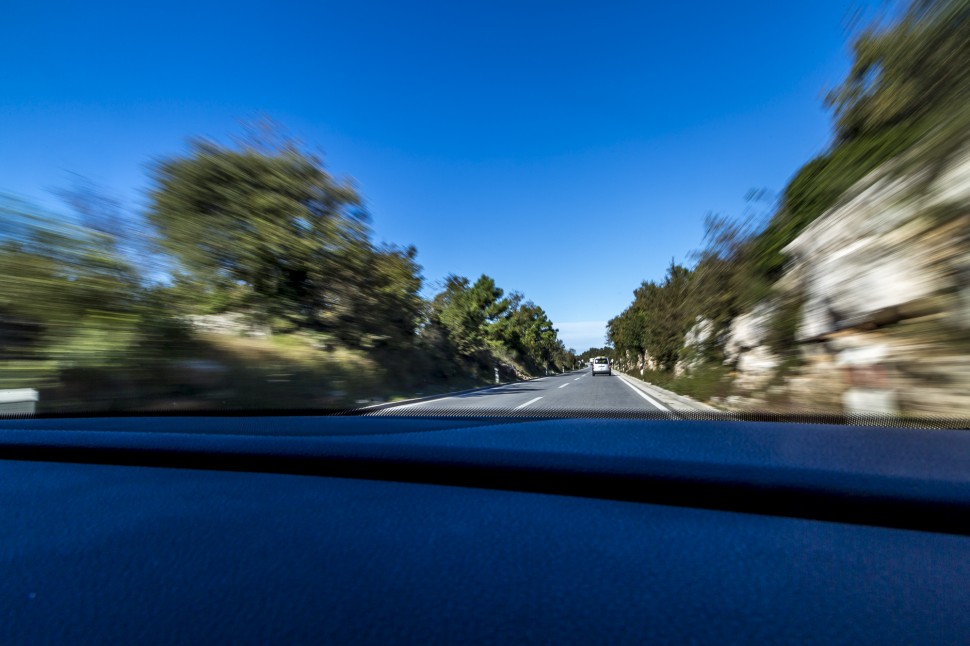
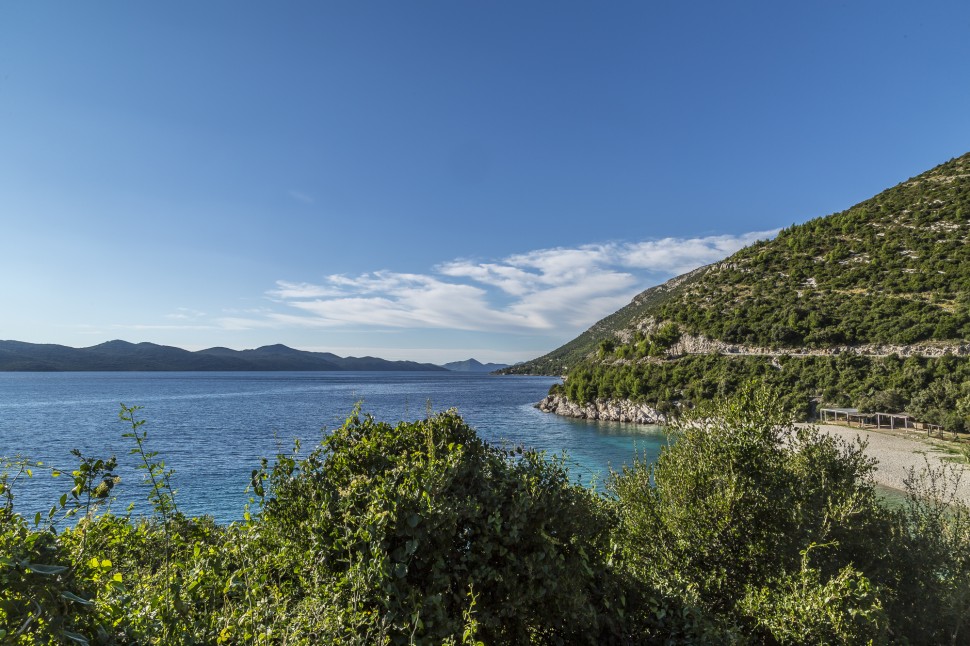
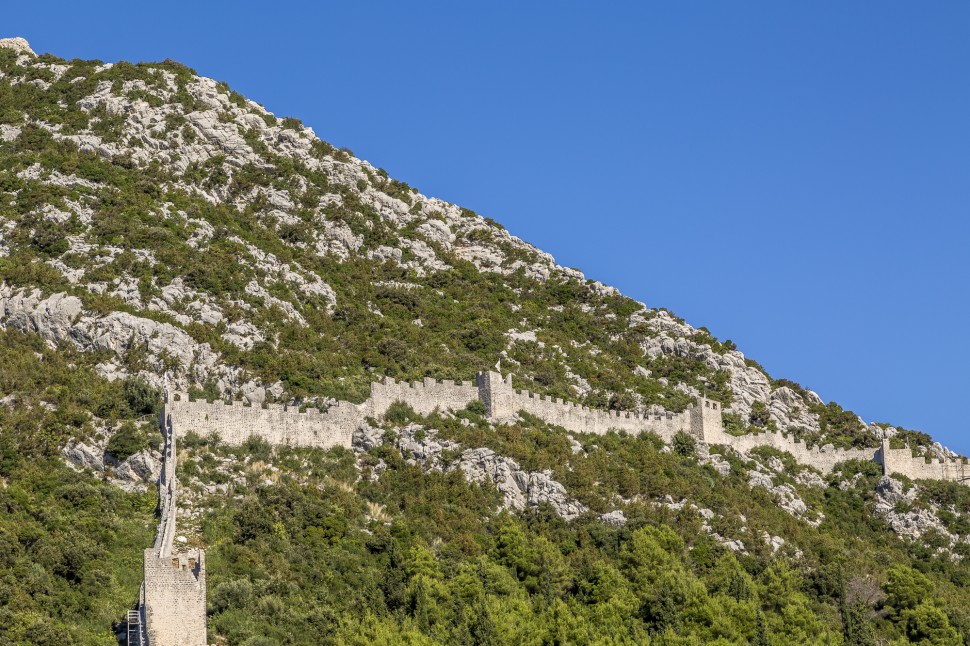

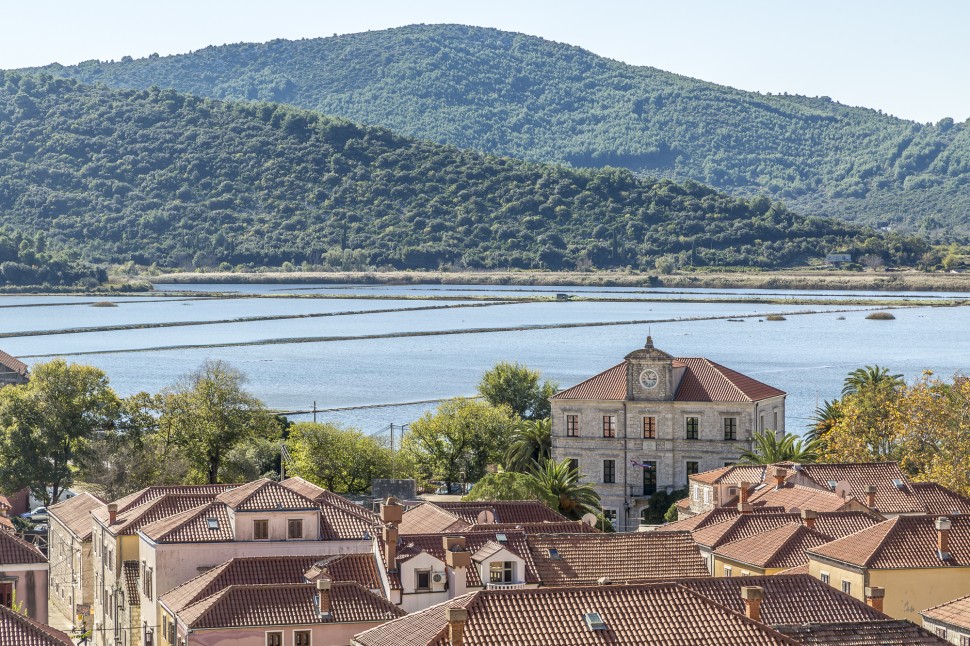
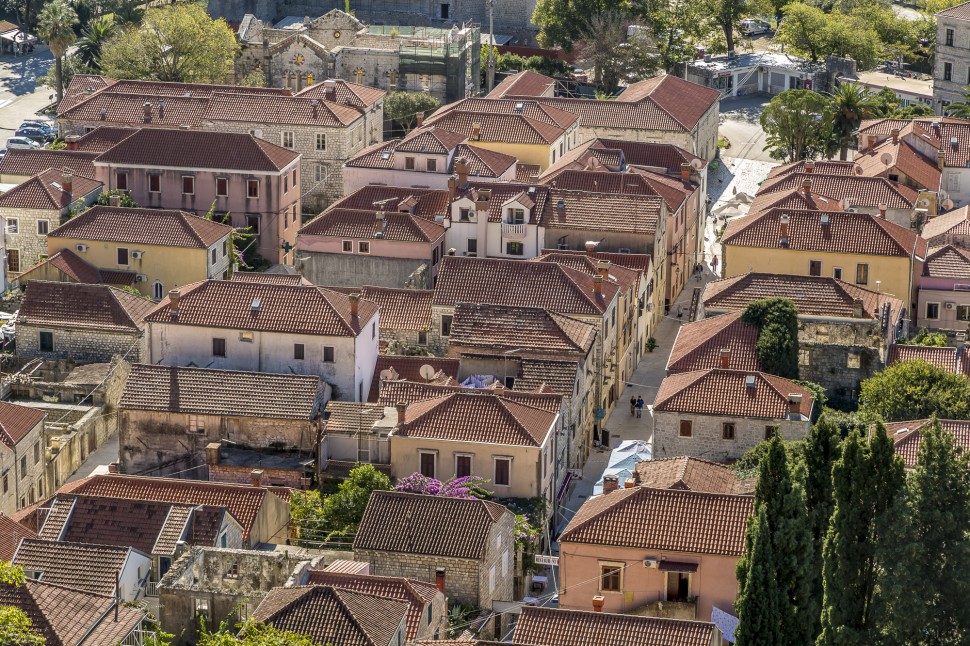
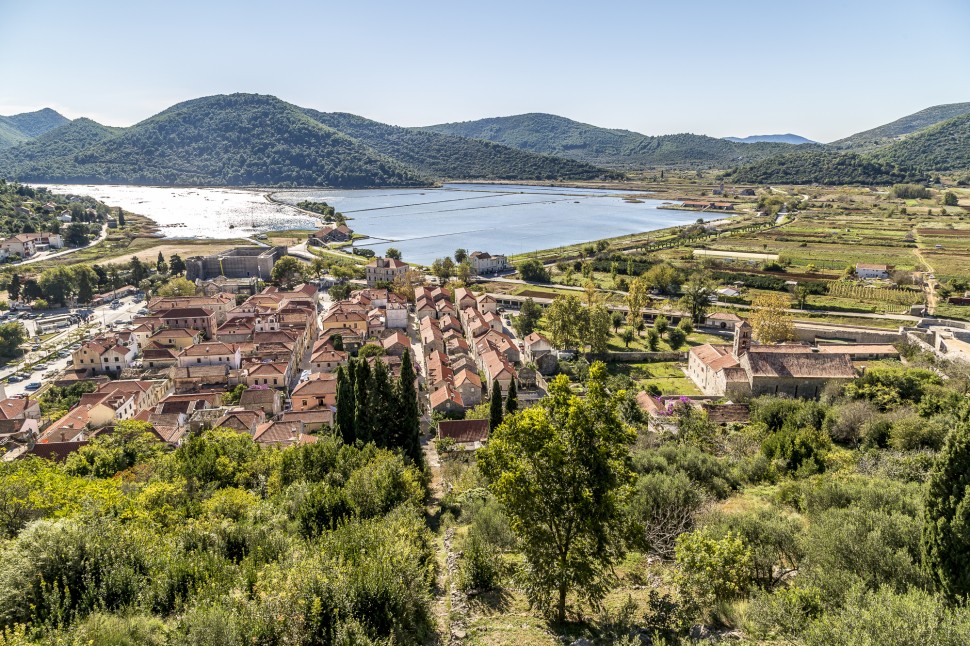
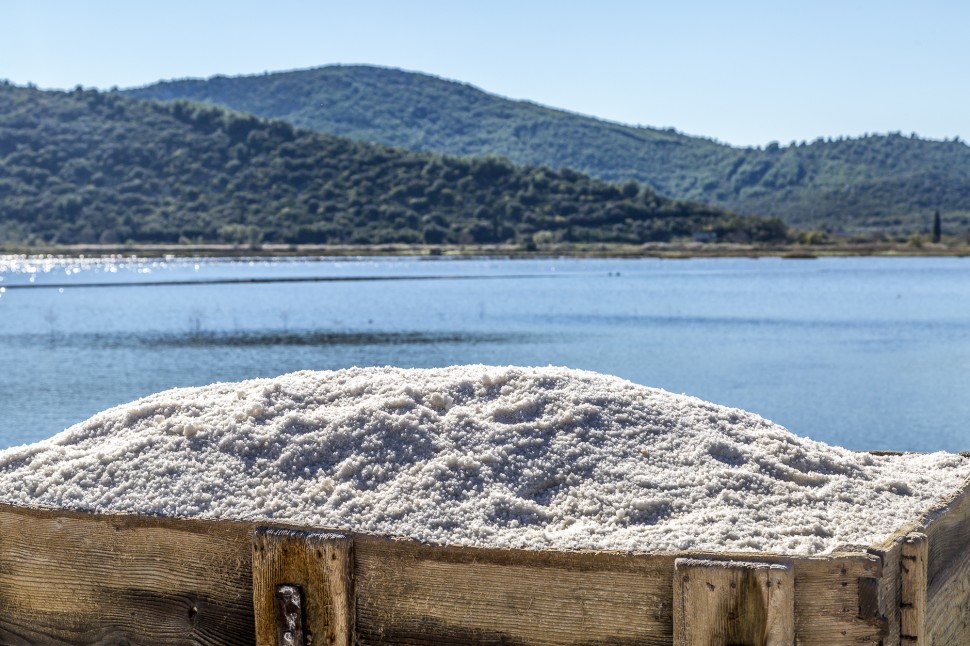
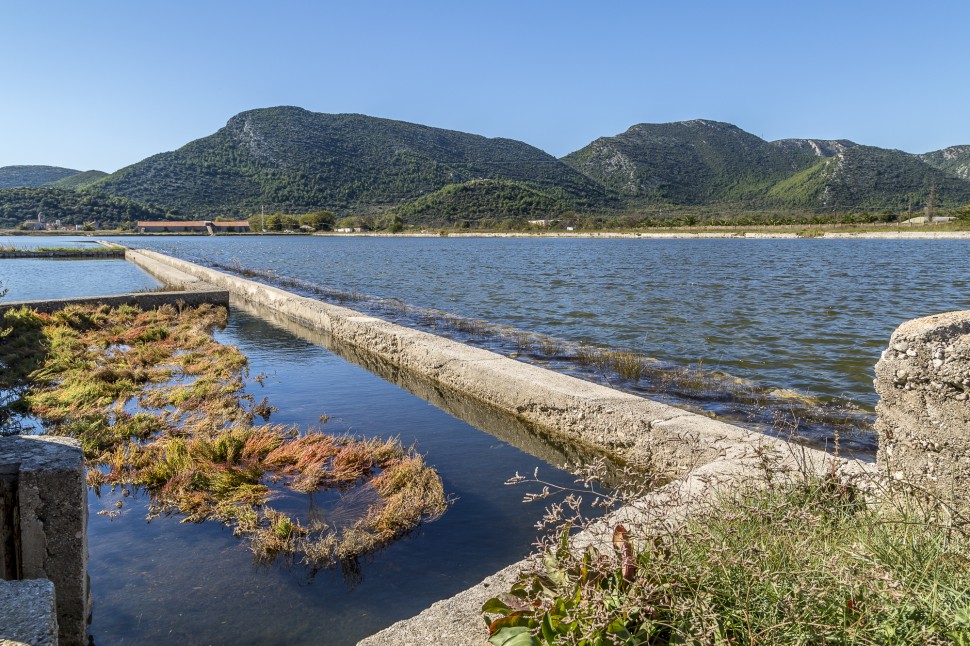
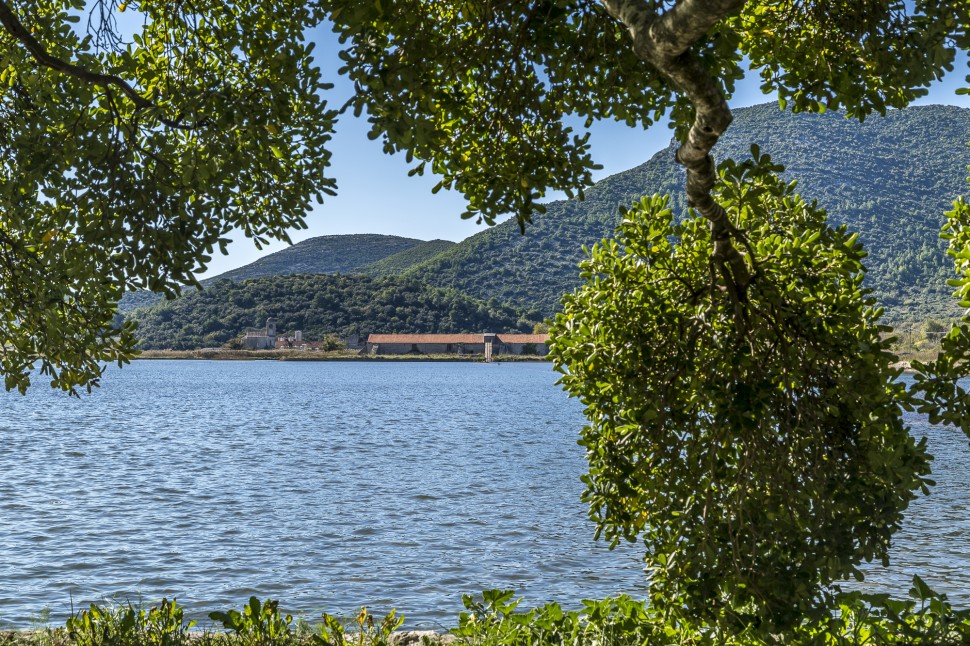
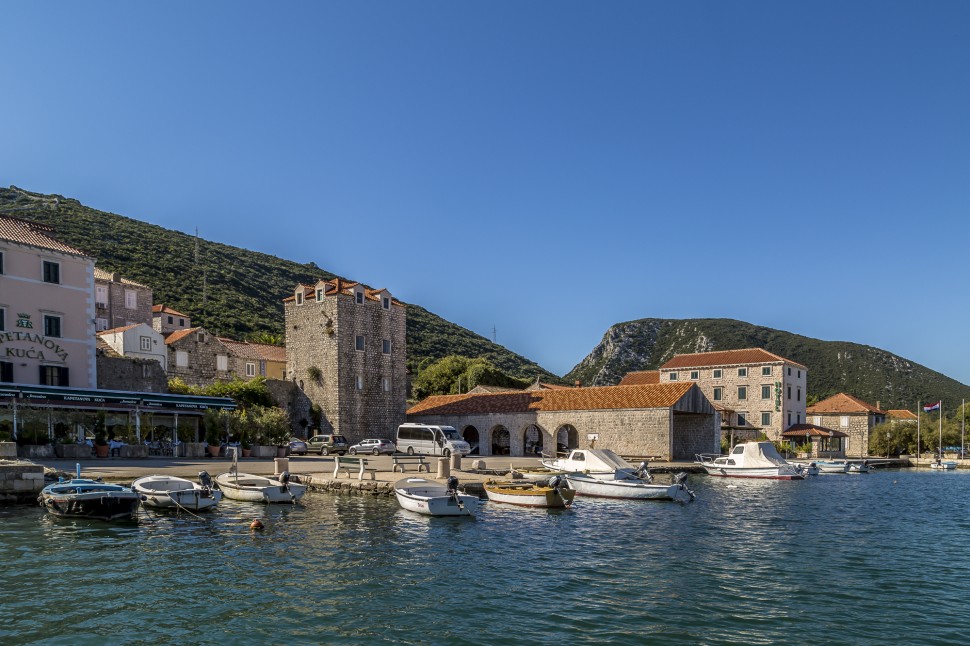
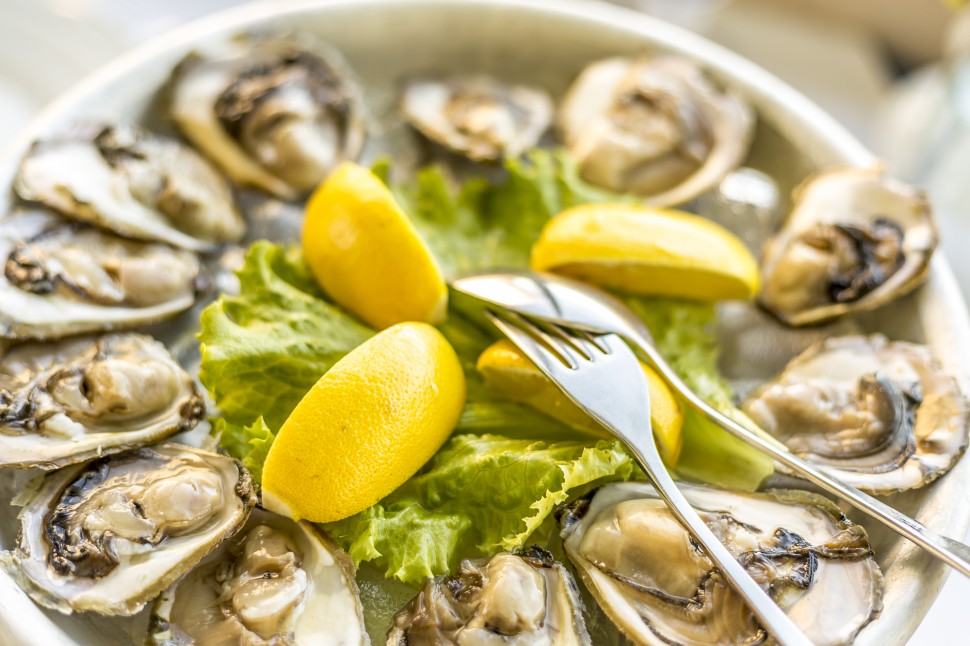
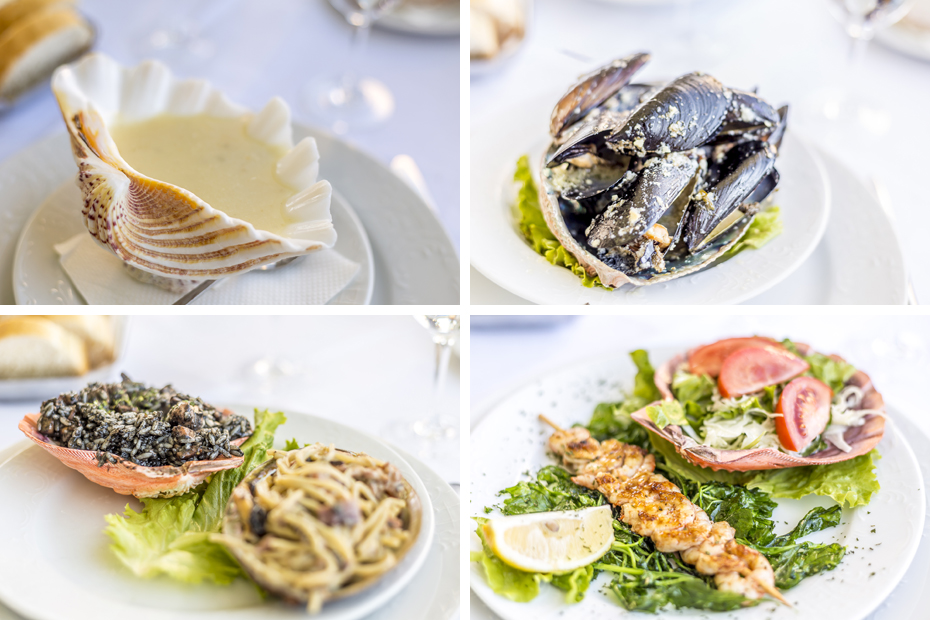
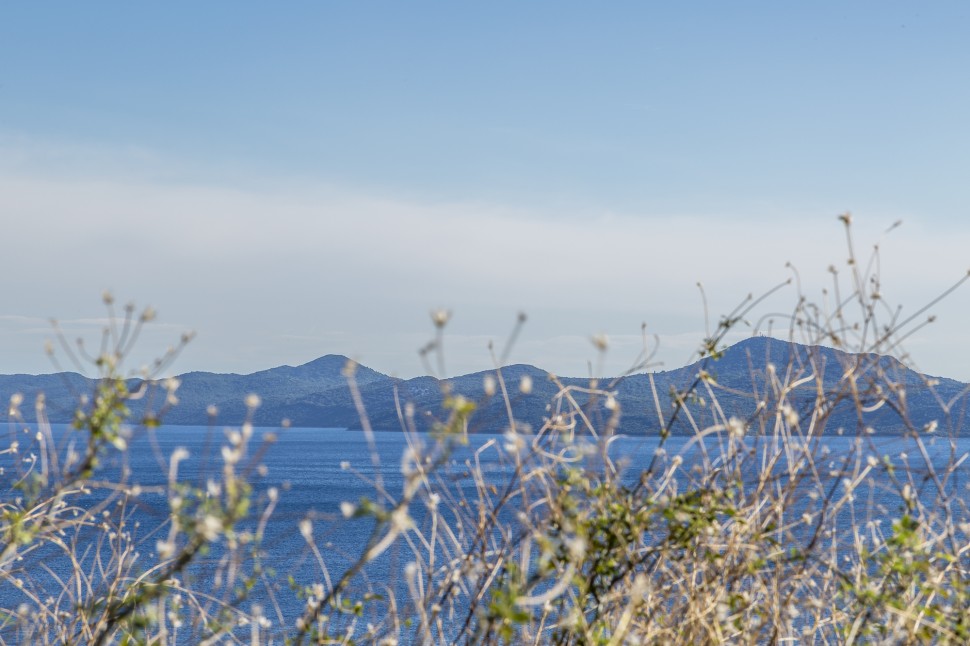
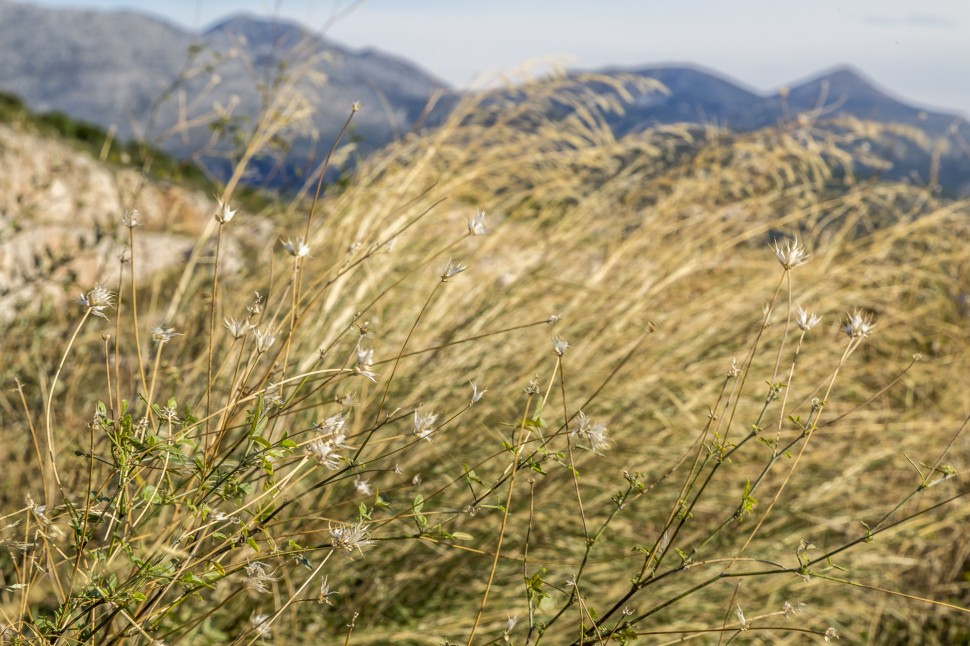
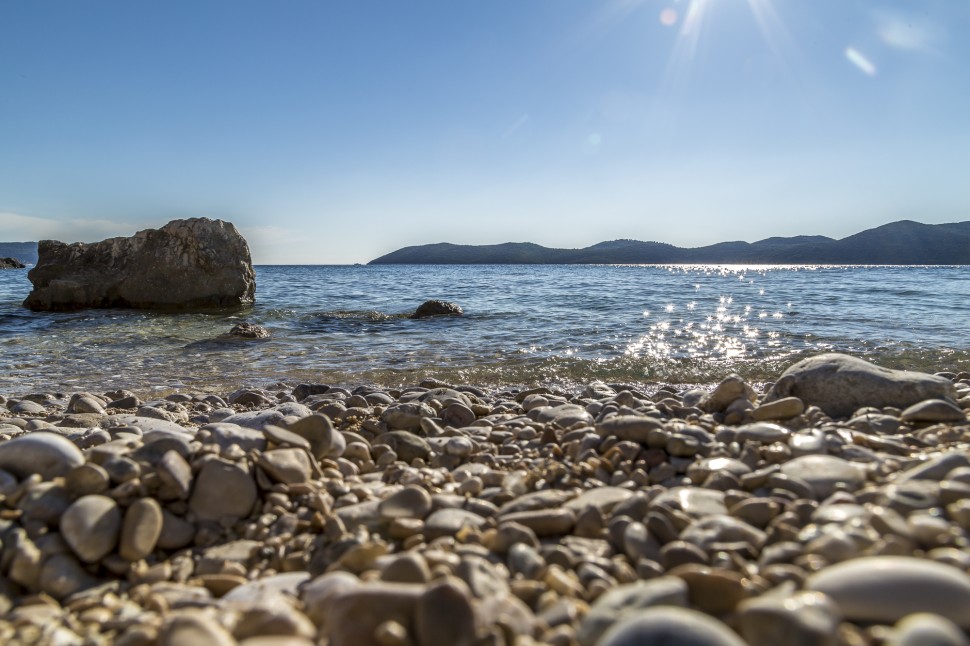
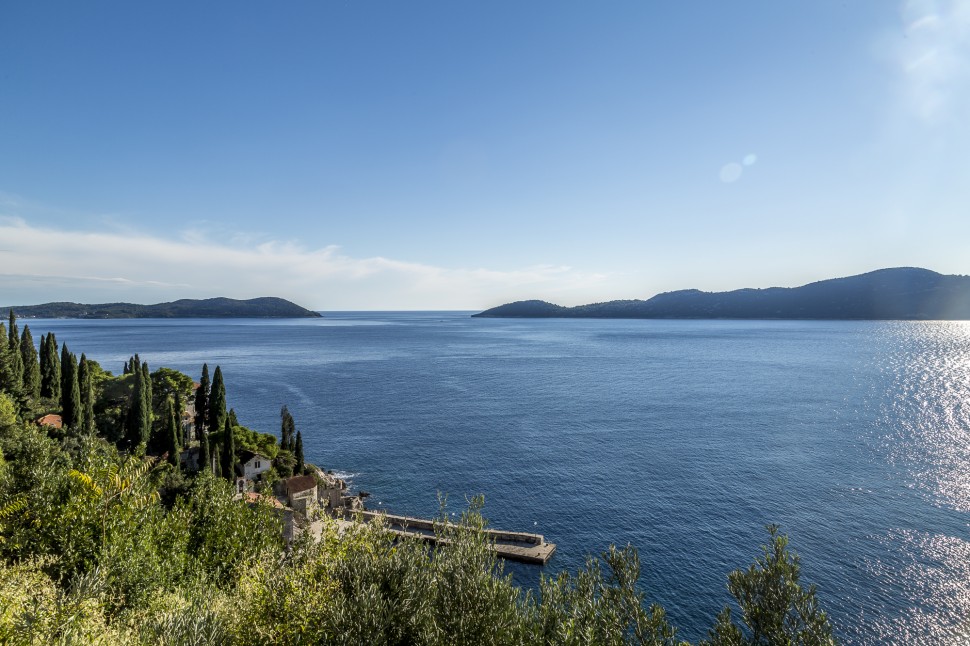
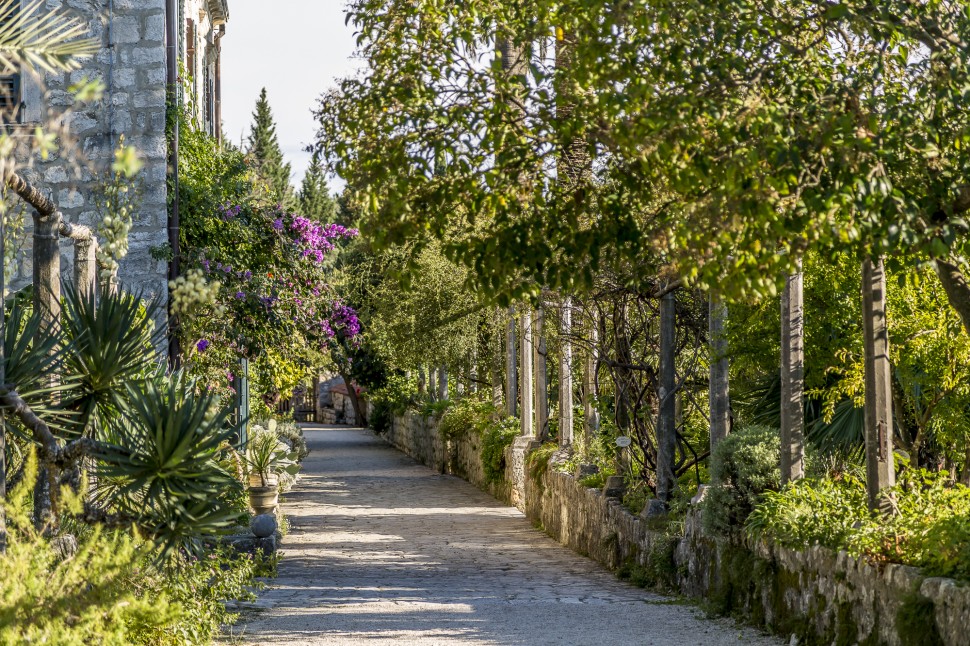
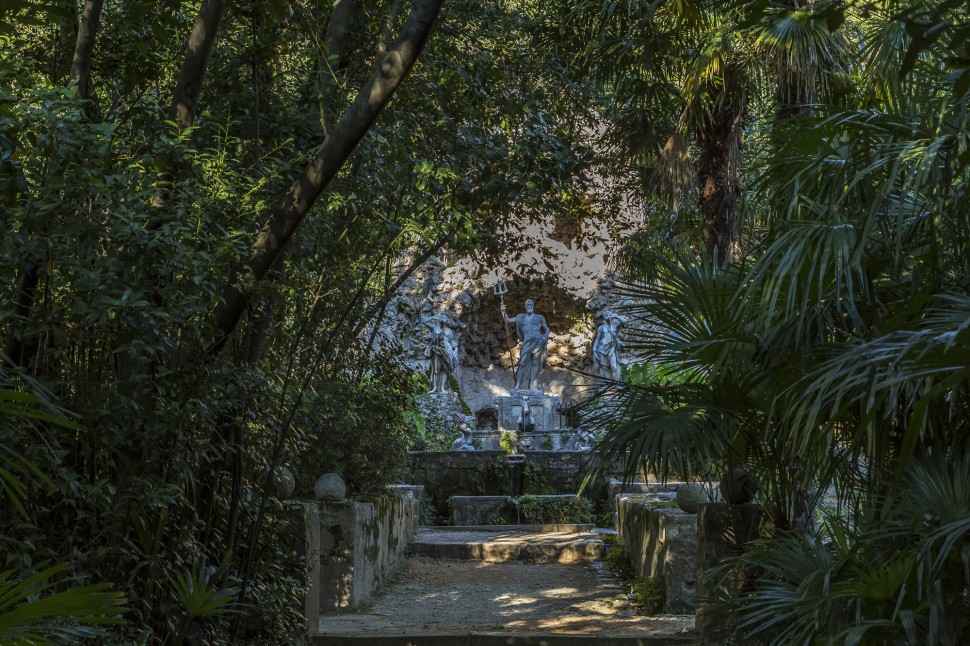
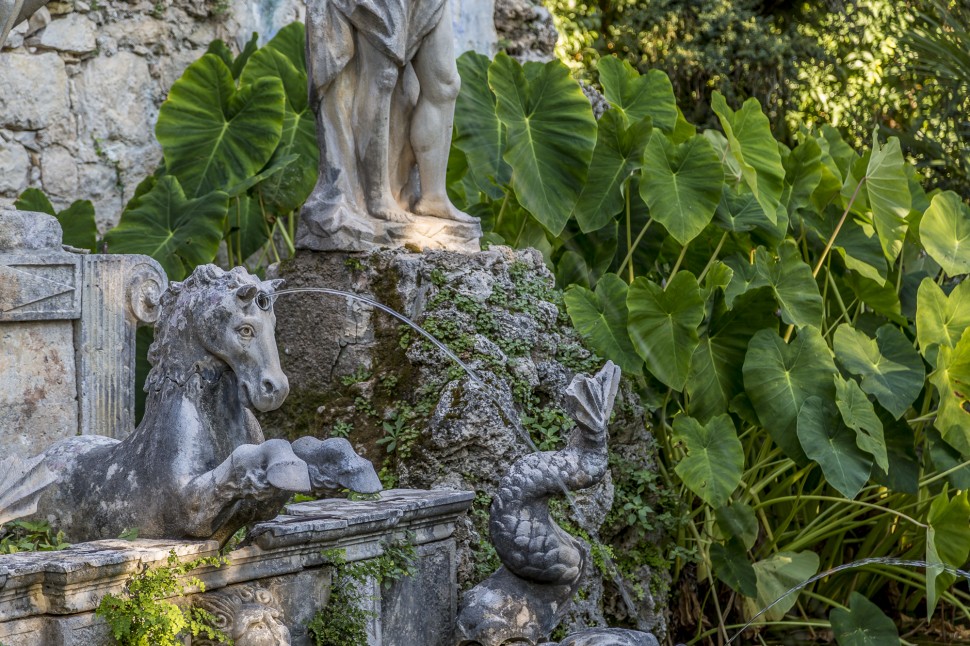
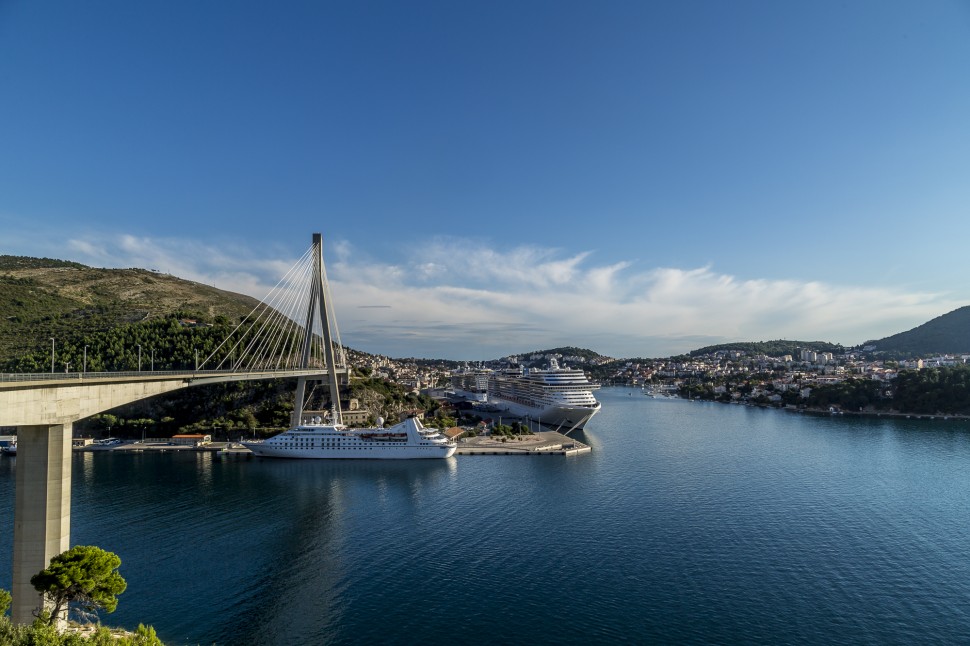

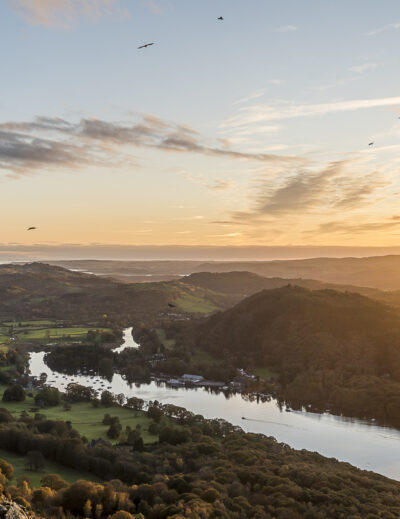
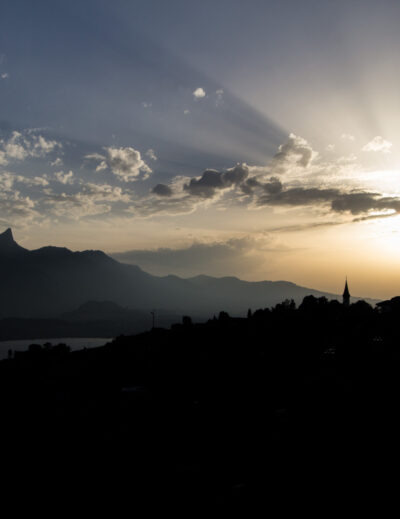
Leave a Reply